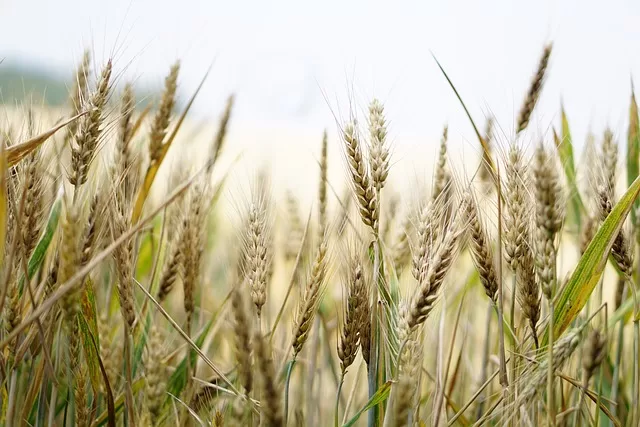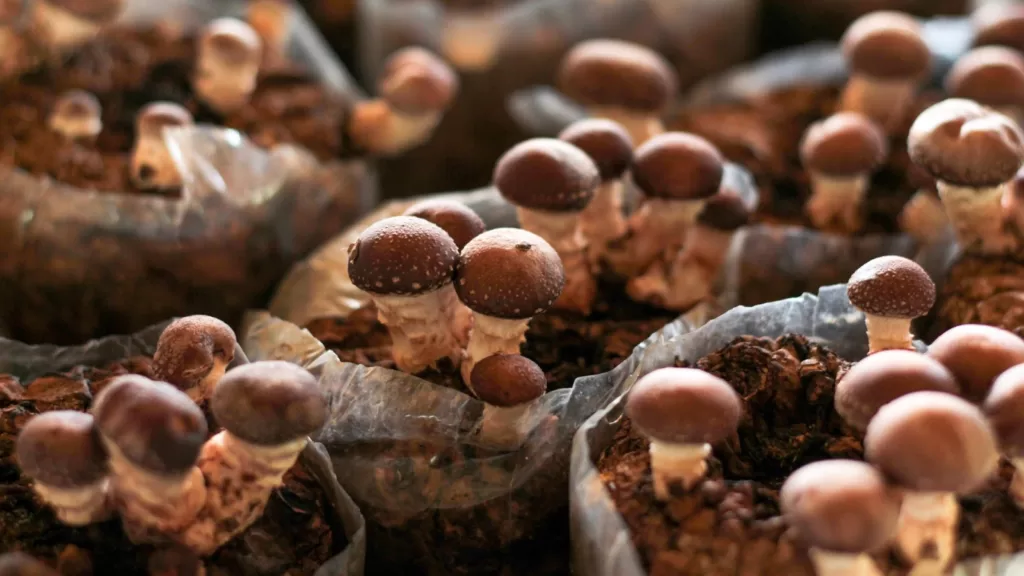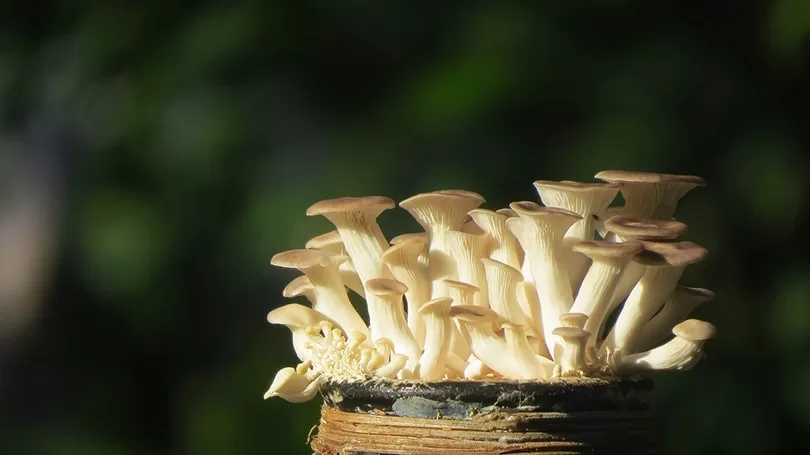According to the government, farmers in England would receive more government payments for preserving the environment and producing food more sustainably.
More farmers are intended to enrol in new environmental land management programmes as a result of the increase in payment rates (ELMS).
The ELMS is intended to replace the Common Agricultural Policy of the EU (CAP).
The NFU, the farmers’ group, hailed the increase but cautioned that given the economic situation, it might be “too little, too late.”
The new approach, according to the Department for Environment, Food and Rural Affairs (Defra), will improve nature and spur agricultural innovation while putting “money in farmers’ pockets.”
The UK government has implemented a number of initiatives to support sustainable and green farming practices in England. Some examples include:
- The Environmental Stewardship Scheme: This scheme provides financial incentives to farmers who implement environmentally-friendly farming practices, such as conservation tillage, agroforestry, and habitat restoration.
- The Organic Farming Scheme: This scheme provides financial support to farmers who are transitioning to organic farming, or who are already producing organic products.
- The Countryside Stewardship Scheme: This scheme provides financial incentives to farmers who implement practices that protect and enhance the natural environment, such as creating hedgerows, planting trees, and establishing wildflower meadows.
- The Agricultural Transition Plan: This plan, which was announced in 2020, aims to support farmers in England as they transition to more sustainable and climate-friendly farming practices. It includes funding for research and development, training, and the adoption of new technologies.
There are many other initiatives and schemes in place to support sustainable and green farming in England, and the government is continuously working to develop and improve these programs.
The decision comes as the price of producing food is rising, with farmers being struck particularly hard by increases in the price of gasoline, fertilisers, and animal feed.
The enhanced rates under ELMS will be funded with already-existing funds that were previously shifted from the direct payment subsidies that were previously provided to farmers under the EU scheme.
According to David Exwood, vice president of the NFU, it is yet unclear what job farmers, who would no longer receive direct payments, will be compensated for under ELMS.
“While some of these most recent reforms are desirable, it may already be too late, given the economic difficulties we are currently facing and the swift decline of direct payments,” he said.
The ELMS sustainable farming incentive will provide up to an additional £1,000 annually to assist smaller enterprises, including tenant farmers, with the administrative costs of participating.
Environmental and conservation organisations, such as the National Trust, who had previously voiced misgivings about the government’s commitment to ELMS, reacted cautiously to the focus on smaller programmes.
The organization’s director of land and nature, Harry Bowell, is worried that funds will be diverted from more extensive environmental projects.
Green farming, also known as sustainable farming, involves the use of farming practices that are environmentally friendly and aim to preserve natural resources. There are many ways to approach green farming in the UK, including:
- Integrated farm management: This approach involves using a variety of techniques to manage resources on the farm in a sustainable way. This can include using cover crops to improve soil health, planting trees for windbreaks, and using rotational grazing to reduce erosion and improve pasture health.
- Organic farming: This approach involves using natural methods to grow crops and raise animals, without relying on synthetic pesticides, herbicides, or fertilizers. Organic farmers often use cover crops, compost, and other natural methods to improve soil health and control pests.
- Agroforestry: This approach involves integrating trees and other woody plants into farming systems. Agroforestry can help to improve soil health, provide habitat for wildlife, and reduce erosion.
- Conservation agriculture: This approach involves minimizing soil disturbance, maintaining a permanent cover of vegetation, and diversifying crops. Conservation agriculture can help to improve soil health, reduce erosion, and reduce the need for synthetic inputs.
There are many other approaches to green farming in the UK, and the best approach will depend on the specific needs and goals of the farm.






